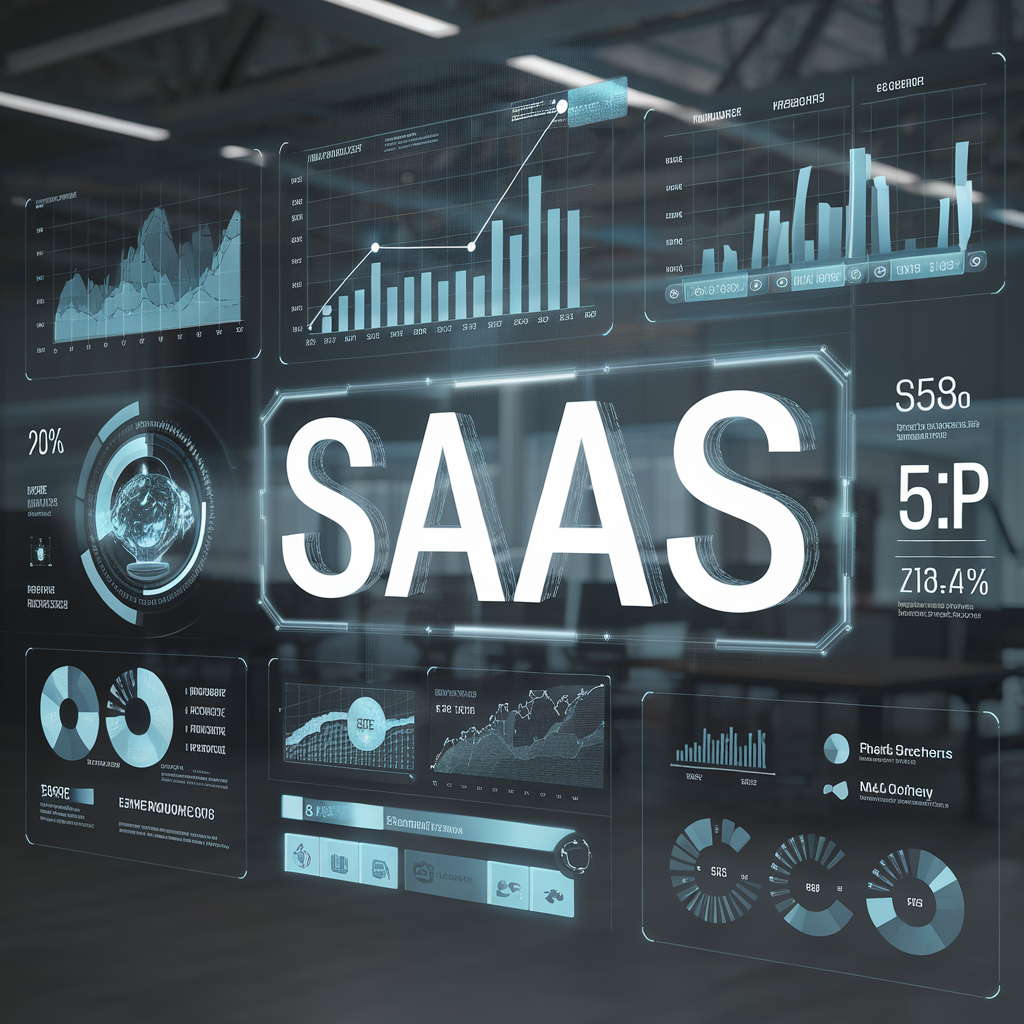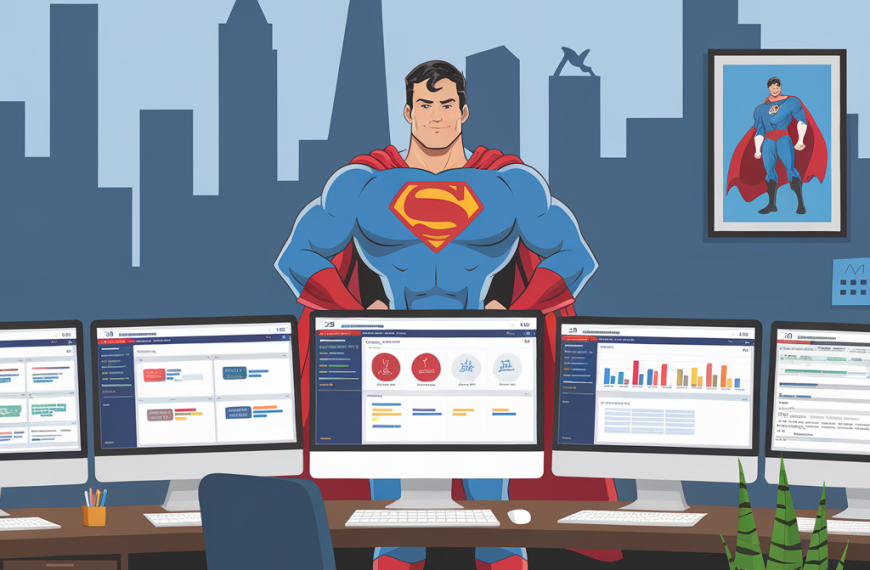2025 SaaS Pricing Trends: What You Need to Know

Introduction: The Changing Landscape of SaaS Pricing
In the ever-evolving world of Software as a Service (SaaS), pricing strategies are undergoing significant transformations. As we step into 2025, understanding these changes is crucial for businesses aiming to stay competitive. This article delves into the latest SaaS pricing trends, offering insights into current models, innovative strategies, economic influences, and future predictions.
Current Pricing Models in SaaS
Subscription-based
Subscription-based pricing remains a cornerstone in the SaaS industry. This model offers predictable revenue streams and simplifies budgeting for customers. However, as the market matures, companies are exploring more flexible options to cater to diverse customer needs.
Usage-based
Usage-based pricing is gaining traction, allowing customers to pay based on their actual usage. This model aligns costs with value, making it attractive for businesses looking to optimize their spending. It also provides SaaS providers with opportunities to scale revenue with customer growth.
Hybrid Models
Hybrid pricing models combine elements of subscription and usage-based pricing. By offering a base subscription fee with additional charges for usage, companies can cater to a broader audience while maximizing revenue potential.
Innovations in Pricing Strategies
AI-powered Monetization
Artificial Intelligence (AI) is revolutionizing SaaS pricing strategies. AI-powered tools analyze customer behavior and market trends to optimize pricing in real-time, ensuring competitive and personalized pricing structures.
Dynamic Pricing Models
Dynamic pricing models adjust prices based on demand, competition, and other market factors. This approach allows SaaS companies to remain agile and responsive to market changes, enhancing profitability.
Billing Transparency
Transparency in billing is becoming a priority for SaaS providers. Clear and detailed billing practices build trust with customers, reducing churn and fostering long-term relationships.
Economic Factors Impacting SaaS Pricing
Inflation and Budget Pressures
Economic factors such as inflation and budget constraints are influencing SaaS pricing strategies. Companies are seeking cost-effective solutions that offer flexibility and value, driving the demand for innovative pricing models.
Demand for Flexibility and Customization
As businesses face economic uncertainties, the demand for flexible and customizable pricing options is on the rise. SaaS providers are responding by offering tailored solutions that meet specific customer needs.
Predictions for Future Pricing Trends
Growth of Vertical SaaS
Vertical SaaS, which targets specific industries, is expected to grow significantly. This trend will drive the development of specialized pricing models that cater to the unique needs of different sectors.
Increased Adoption of Multi-year Agreements
Multi-year agreements are becoming more popular as companies seek stability and predictability in their SaaS investments. These agreements often come with discounts and added value, benefiting both providers and customers.
Case Studies of Successful Pricing Strategies
Examples of Companies Leveraging Hybrid Models and AI Features
Several companies have successfully implemented hybrid pricing models and AI features to enhance their pricing strategies. These case studies highlight the benefits of adopting innovative approaches to meet customer demands and drive growth.
SEO Strategy
- Primary Keyword: SaaS pricing trends 2025
- Secondary Keywords: usage-based pricing, hybrid pricing models, AI in SaaS pricing, SaaS market growth
- Meta Description: Discover the latest SaaS pricing trends for 2025, including innovative models and economic influences shaping the industry.
- Suggested Image Alt Text: Futuristic representation of SaaS pricing trends in 2025 with digital graphs and charts.
Categories
- Latest 2025 (ID: 14)
- Trending Insights (ID: 10)
- What’s New (ID: 17)


 By
By


